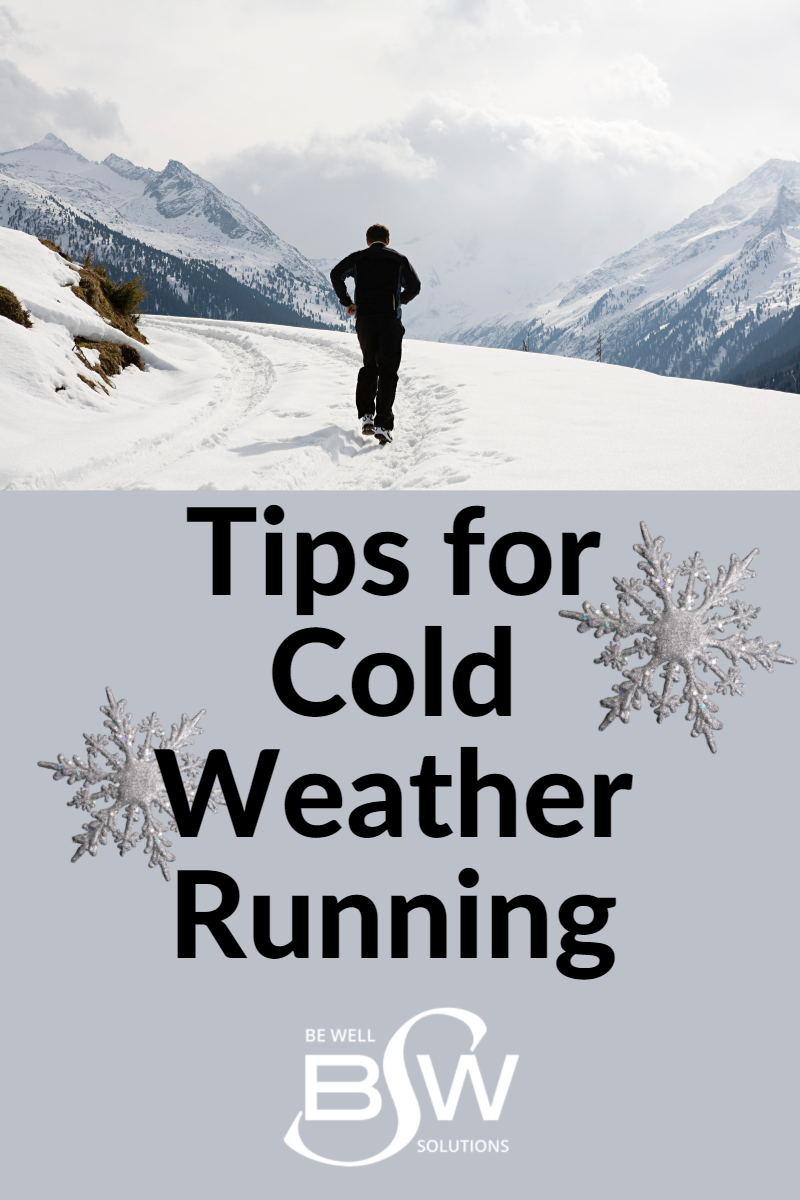
Calling all Turkey Trotters and Jingle Runners! The races are ramping up, but the temperatures are starting to plummet. Even though the weather is getting colder, your running season doesn’t have to stop. With the proper planning, you can continue your training and enjoy race day.
Proper Preparation
Training. Preparing yourself for a successful event starts well before race day. Pay attention to the forecast, temperature, and wind-chill and, then plan each run accordingly. Try out your cold-weather gear and layers before race day, so you’re familiar with them. Be mindful to include cross-training and adequate rest and recovery days to help lower the risk of injury. Since weather can be so unpredictable, you might find that winter is best for maintenance mileage rather than trying to PR.
Fuel. Fueling up for your exercise is just as important on a cold winter day as on any other day of the year. Be extra mindful to stay hydrated before, during, and after your run. In frigid temperatures, you may not feel thirsty, but your body can still get easily dehydrated. It’s also common to lean into the comfort foods this time of year, but make sure you’re still getting in plenty of fruits and veggies to nourish you throughout the season.
Safety. Between navigating the weather and fewer daylight hours, winter running can get a bit more challenging. When possible, run during the daylight for added visibility and warmth. If you need to log miles when it is still dark out, wear reflective lights and clothing. Again, pay attention to the weather and if the wind chill is too cold or the sidewalks are icy, then opt for moving your training run to a different day or indoors until it is safer.
Longer Runs or Race Day
Dress in Layers. Layers are key for any activity in cold weather by preventing overdressing or underdressing. Choose moisture-wicking material for the layer closest to your skin to help with sweat evaporation. The mid-layer should be wool or fleece for insulation. And the outer layer should be breathable and resistant to wind and water. As your body warms up with exercise, you can shed a layer. Be sure to cover exposed skin with a hat, gloves, scarf, and warm socks to help keep your extremities warm. And finally, think about proper footwear. Choose shoes with good tread and traction. On wetter days, you may even consider waterproof shoes or shoes with minimal mesh to keep your feet dry.
Warm-Up. A proper warm-up is always important for preparing your body for exercise. However, it’s even more important in colder temperatures. A dynamic warm-up consisting of several light exercises will help warm up your muscles and gradually increase your heart rate and blood pressure. Starting a run with cold muscles or having a sudden increase in heart rate or blood pressure can increase your injury risk. The right warm-up will make your race a lot more enjoyable and competitive.
Pay Attention to Your Pace. Between the colder weather and breathing a little easier than on hot and humid days, you may find yourself wanting to sprint at the start. Pay attention to your pace, and don’t start too quick.
Bring a Change of Clothes. You’ve worked hard, and your race is complete! But you might be crossing the finish line with sweaty clothes. Your body temperature will start to drop in a hurry after your workout is finished, so bring a change of clothes to put on directly after the race to keep yourself dry and warm.
Winter weather can be challenging but enjoy this season’s fun runs and keep your workout routines on track all year long.
Always consult a doctor before beginning a new exercise routine.
Written by BWS Lead Health Coach- Kelly Schlather, BS, ASCM – CEP
